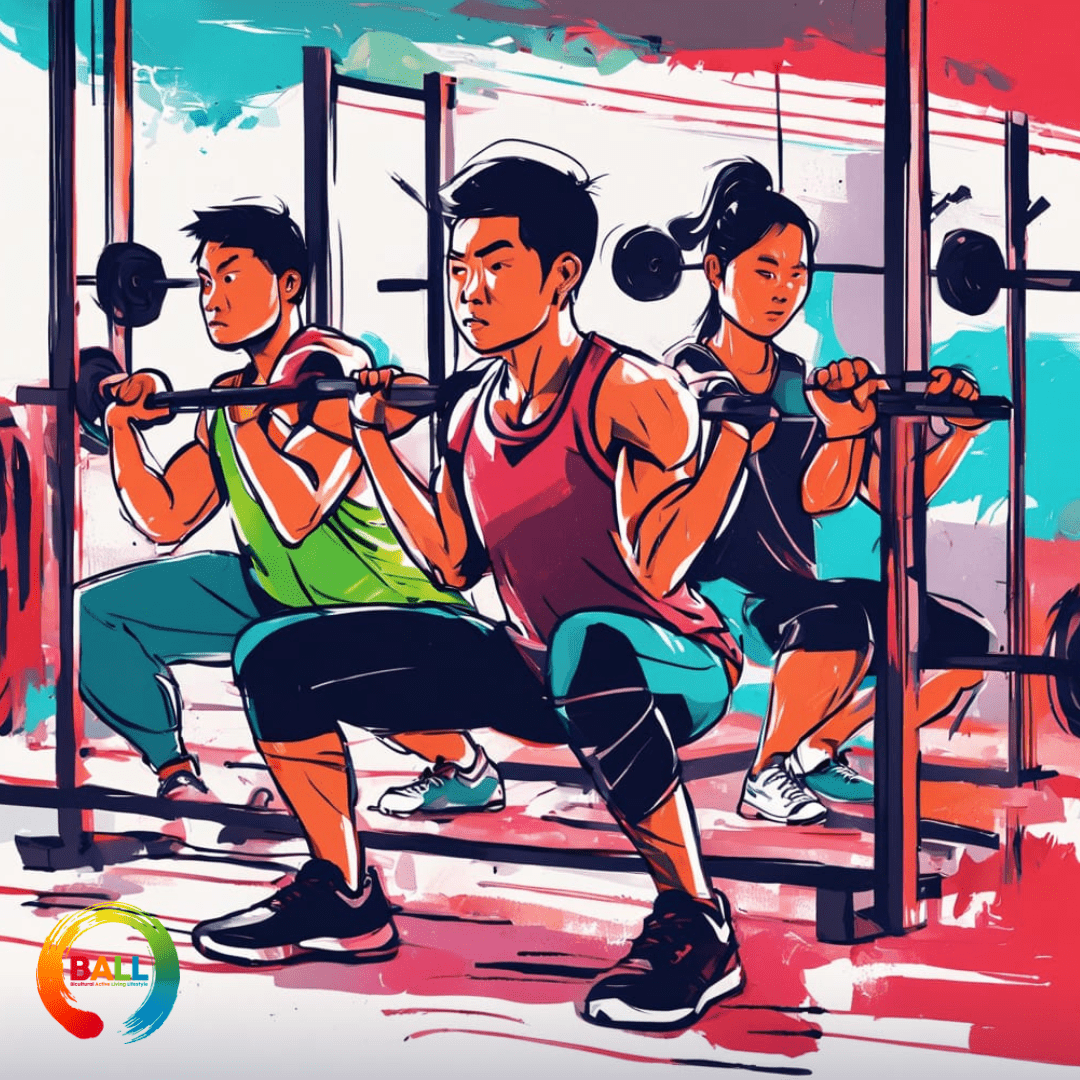Cannabis is often promoted as a natural alternative for pain relief, and in the U.S., it’s one of the most common reasons people turn to medical cannabis. But what does the science actually say? Despite growing public interest, research shows that cannabis is not consistently effective in treating most types of acute or chronic pain. While a few studies suggest it might help with neuropathic pain—a condition caused by nerve damage—there is still no conclusive evidence that it works better than traditional options. And when it comes to serious risks like opioid misuse, cannabis use—especially when combined with opioids—may actually increase those risks rather than reduce them. It’s also important to note: cannabis is not a treatment for opioid use disorder, though FDA-approved medications are available for that purpose.
Key Points:
- Limited evidence supports cannabis for most pain types.
- Some potential benefit shown for neuropathic pain.
- Cannabis use may increase risk of opioid misuse.
- No evidence supports cannabis as treatment for opioid use disorder.
- States with medical cannabis laws do not consistently see lower opioid overdose rates.
Pain is real, and solutions matter—but we need science, not shortcuts. More research is needed before cannabis can be reliably recommended for pain. In the meantime, consult medical professionals about safe, proven treatment options and don’t self-medicate based on hype.
远离大麻,保持健康。
Stay away from cannabis, maintain your health.
Reference :https://www.cdc.gov/cannabis/health-effects/chronic-pain.html







